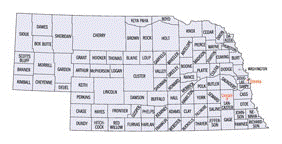Geography Program

Geography Program: Faculty Publications
Document Type
Article
Date of this Version
2009
Abstract
Pilgrimage flows, often involving millions of people, attract the attention of scholars seeking to explain these patterns of movement. A multitude of explanations have been attempted, but none has provided an entirely satisfactory understanding about why certain sites attract worshippers to undertake the sacrifices of pilgrimage. It is recognized that, from the perspective of many religious traditions, Earth space is not homogeneous - that specific places are sacred and different from the surrounding profane land. The reasons certain locations are holy and attract pilgrims from afar have long evoked the geographic question: Why are pilgrimage places distributed as they are? The potential answers discussed here focus on general principles of location - rather than on ideographic descriptions of particular pilgrimage places. Specifically, this paper reviews some of the previously proposed answers to the question, concentrates on one locational hypothesis as it applies to a setting in the Kathmandu Valley of Nepal, and considers the more recently suggested theory of self-organized criticality.


Comments
Published in PILGRIMAGE: SACRED LANDSCAPES AND SELF-ORGANIZED COMPLEXITY, edited by John McKim Malville & Baidyanath Saraswati, with a foreword by R. K. Bhattacharya (New Delhi: Indira Gandhi National Centre for the Arts, 2009), pp. 163-177. Copyright 2009 Indira Gandhi National Centre for the Arts.